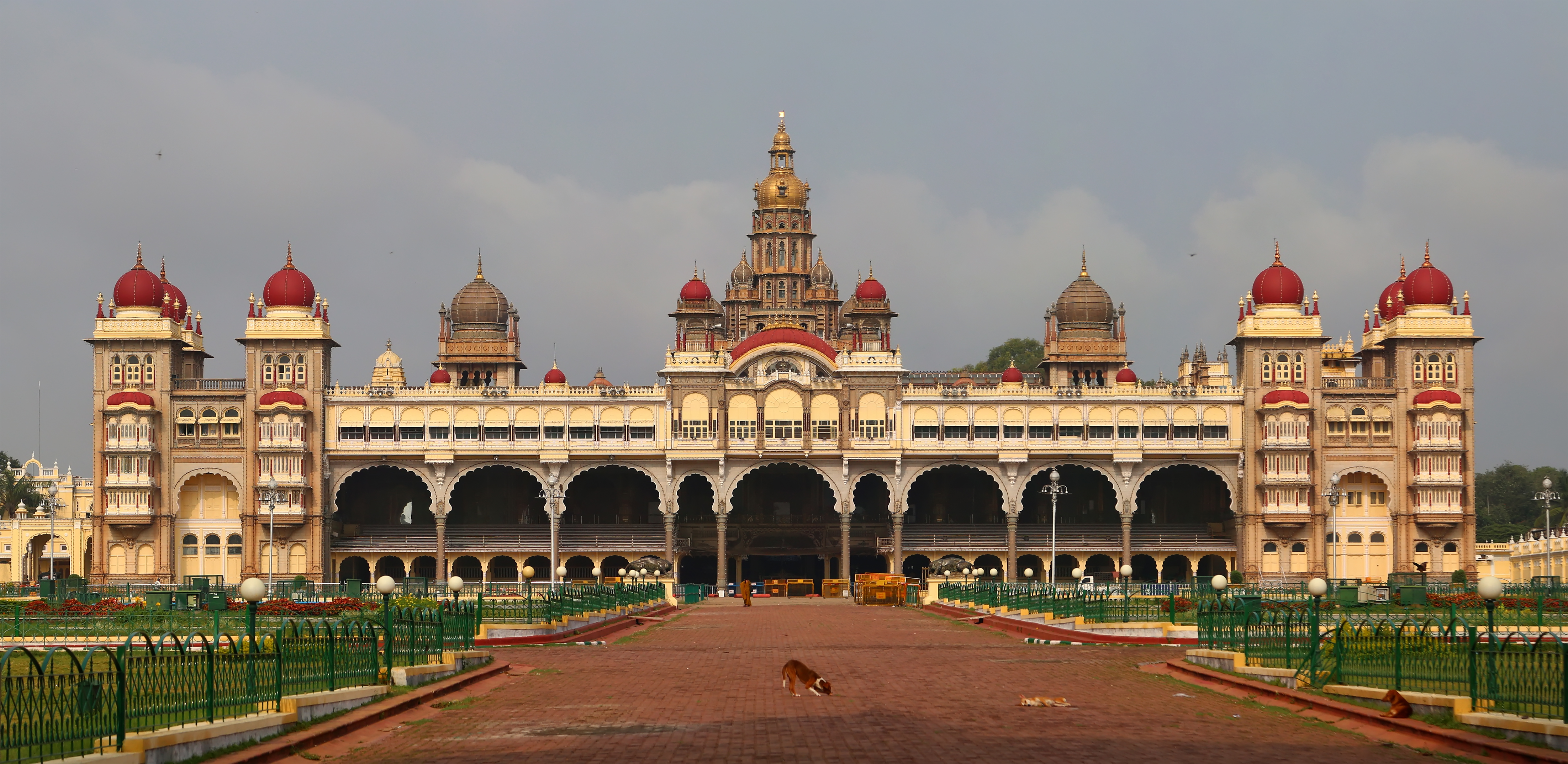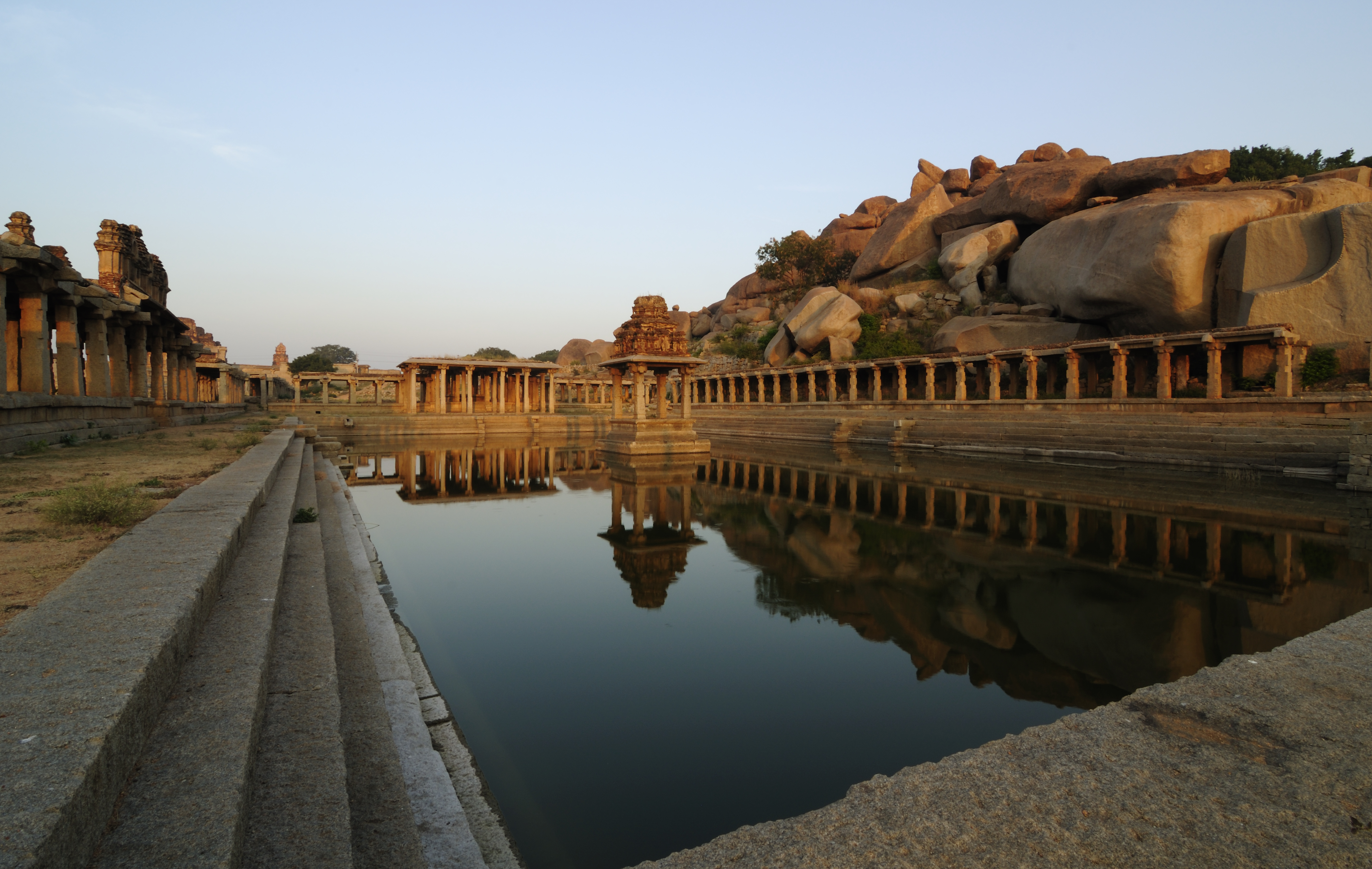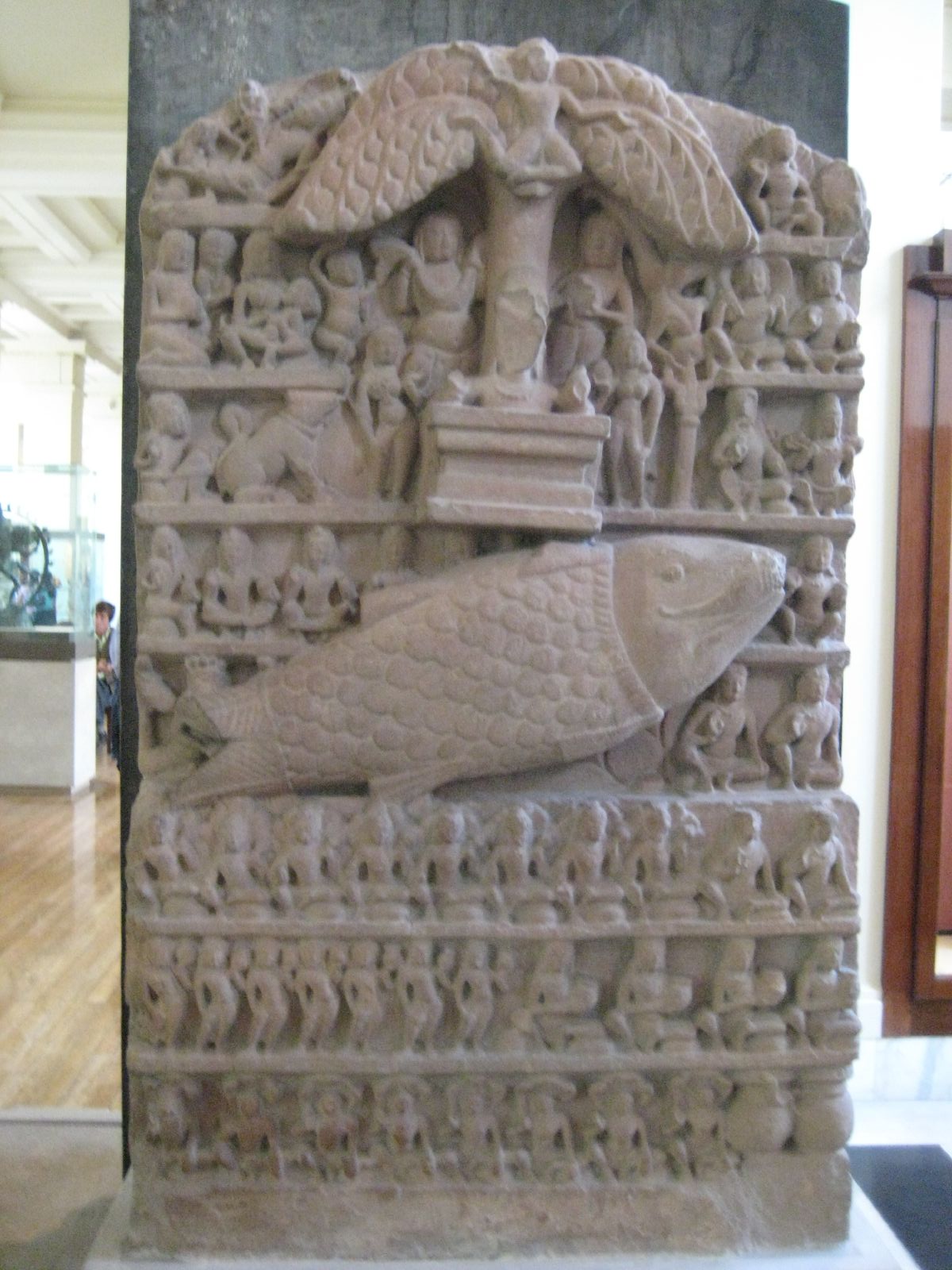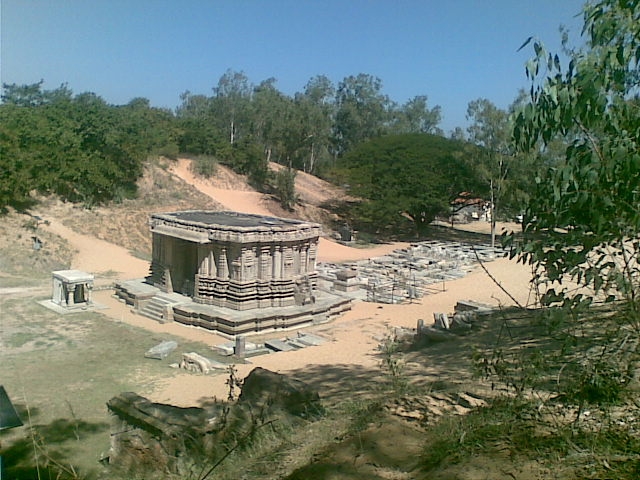|
Bettadapura
Bettadapura is a town located in Mysore district, in the Indian state of Karnataka. The name is derived from two Kannada words, "Betta" and "pura". Betta means "hill" and pura means "town". Most of the population is from Gowda And Uppara (Sagara Kshatriya) community, People cultivate / farm Tobacco extensively here. The main crop is Tobacco, and the place is known for farming India's best quality tobacco which is exported to foreign countries extensively. Temple BeTTadhapura is famous for its temple. BeTTadhapura has a Chola era (ChOLa Dynasty - 300s BCE–1279 CE) temple on top of the hill after which the name of the town is derived or named. On the summit of the hill, there is a temple dedicated to one of the Hindu trinity deities, Lord Shiva, in the form of MallikArjuna. Here, Shiva is worshiped in the form of a murti (statue) and is referred to as SiDilu MallikArjuna. SiDilu or SiDlu (SiD+ilu) is a Kannada word meaning lightning, while Mallikarjuna is another name for L ... [...More Info...] [...Related Items...] OR: [Wikipedia] [Google] [Baidu] |
Mysore District
Mysore district, officially Mysuru district is an administrative district located in the southern part of the state of Karnataka, India. It is the administrative headquarters of Mysore division.Chamarajanagar district, Chamarajanagar District was carved out of the original larger Mysore District in the year 1998. The district is bounded by Chamrajanagar district to the southeast, Mandya district to the east and northeast, Kerala state to the south, Kodagu district to the west, and Hassan district to the north. This district has a prominent place in the history of Karnataka; Mysore was ruled by the Wodeyars from the year 1399 till the independence of India in the year 1947. It features many tourist destinations, from Mysore Palace to Nagarhole National Park. It is the third-most populous district in Karnataka (out of List of districts in Karnataka, 31), after Bangalore Urban district, Bangalore Urban. Etymology Mysore district gets its name from the city of Mysore which is also t ... [...More Info...] [...Related Items...] OR: [Wikipedia] [Google] [Baidu] |
States And Territories Of India
India is a federal union comprising 28 states and 8 union territories, with a total of 36 entities. The states and union territories are further subdivided into districts and smaller administrative divisions. History Pre-independence The Indian subcontinent has been ruled by many different ethnic groups throughout its history, each instituting their own policies of administrative division in the region. The British Raj mostly retained the administrative structure of the preceding Mughal Empire. India was divided into provinces (also called Presidencies), directly governed by the British, and princely states, which were nominally controlled by a local prince or raja loyal to the British Empire, which held ''de facto'' sovereignty ( suzerainty) over the princely states. 1947–1950 Between 1947 and 1950 the territories of the princely states were politically integrated into the Indian union. Most were merged into existing provinces; others were organised into ... [...More Info...] [...Related Items...] OR: [Wikipedia] [Google] [Baidu] |
Kalyani (well)
Temple tanks are wells or reservoirs built as part of the temple complex near Indian temples. They are called pushkarini, kalyani, kunda, sarovara, tirtha, talab, pukhuri, ambalakkuḷam, etc. in different languages and regions of India. Some tanks are said to cure various diseases and maladies when bathed in. It is possible that these are cultural remnants of structures such as the Great Bath of Mohenjo-daro or Dholavira, which was part of the Indus Valley civilization. Some are stepwells with many steps at the sides. Tank design Since ancient times, the design of water storage has been important in India's temple architecture, especially in western India where dry and monsoon seasons alternate. Temple tank design became an art form in itself. An example of the art of tank design is the large, geometrically spectacular Stepped Tank at the Royal Center at the ruins of Vijayanagara, the capital of the Vijayanagara Empire, surrounding the modern town of Hampi. It is lined with g ... [...More Info...] [...Related Items...] OR: [Wikipedia] [Google] [Baidu] |
Kurma
Kurma ( sa, कूर्म; , 'Turtle', 'Tortoise'), is the second avatar of the Hindu preserver deity, Vishnu. Originating in Vedic literature such as the Yajurveda as being synonymous with the Saptarishi called Kashyapa, Kurma is most commonly associated in post-Vedic literature such as the Puranas. He prominently appears in the legend of the churning of the Ocean of Milk, referred to as the Samudra Manthana. Along with being synonymous with Akupara, the World-Turtle supporting the Earth, Kurma is listed as the second of the Dashavatara, which are the ten principal incarnations of Vishnu. Nomenclature and etymology The Sanskrit word 'Kurma' (Devanagari: कूर्म) means 'Tortoise' and 'Turtle'. The tortoise incarnation of Vishnu is also referred to in post-Vedic literature such as the Bhagavata Purana as 'Kacchapam' (कच्छप), 'Kamaṭha' (कमठ), 'Akupara' (अकूपार), and 'Ambucara-Atmana' (अम्बुचर-आत्मना), all of w ... [...More Info...] [...Related Items...] OR: [Wikipedia] [Google] [Baidu] |
Matsya
Matsya ( sa, मत्स्य, lit. ''fish'') is the fish avatar of the Hindu god Vishnu. Often described as the first of Vishnu's ten primary avatars, Matsya is described to have rescued the first man, Manu, from a great deluge. Matsya may be depicted as a giant fish, often golden in color, or anthropomorphically with the torso of Vishnu connected to the rear half of a fish. The earliest account of Matsya is found in the ''Shatapatha Brahmana,'' where Matsya is not associated with any particular deity. The fish-saviour later merges with the identity of Brahma in post-Vedic era, and still later, becomes regarded with Vishnu. The legends associated with Matsya expand, evolve, and vary in Hindu texts. These legends have embedded symbolism, where a small fish with Manu's protection grows to become a big fish, and the fish saves the man who would be the progenitor of the next race of mankind. In later versions, Matsya slays a demon named Hayagriva (son of sage Kashyapa and Dit ... [...More Info...] [...Related Items...] OR: [Wikipedia] [Google] [Baidu] |
Dashavatara
The Dashavatara ( sa, दशावतार, ) are the ten primary avatars of Vishnu, a principal Hindus, Hindu god. Vishnu is said to descend in the form of an avatar to restore cosmic order. The word ''Dashavatara'' derives from , meaning "ten", and , roughly equivalent to "incarnation". The list of included avatars varies across sects and regions, particularly in respect to the inclusion of Balarama (brother of Krishna) or Gautama Buddha. Though no list can be uncontroversially presented as standard, the "most accepted list found in Puranas and other texts is [...] Krishna, Buddha." Most draw from the following set of figures, in this order: Matsya; Kurma; Varaha; Narasimha; Vamana; Parashurama; Rama; Krishna or Balarama; Gautama Buddha in Hinduism, Buddha or Krishna; and Kalki. In traditions that omit Krishna, he often replaces Vishnu as the source of all avatars. Some traditions include a regional deity such as Vithoba or Jagannath in penultimate position, replacing Krish ... [...More Info...] [...Related Items...] OR: [Wikipedia] [Google] [Baidu] |
Vimāna
Vimāna are mythological flying palaces or chariots described in Hindu texts and Sanskrit epics. The "Pushpaka Vimana" of Ravana (who took it from Kubera; Rama returned it to Kubera) is the most quoted example of a vimana. Vimanas are also mentioned in Jain texts. Etymology The Sanskrit word ''vimāna'' (विमान) literally means "measuring out, traversing" or "having been measured out". Monier Monier-Williams defines ''vimāna'' as "a car or a chariot of the gods, any self-moving aerial car sometimes serving as a seat or throne, sometimes self-moving and carrying its occupant through the air; other descriptions make the Vimana more like a house or palace, and one kind is said to be seven stories high", and quotes the Pushpaka Vimana of Ravana as an example. It may denote any car or vehicle, especially a bier or a ship as well as a palace of an emperor, especially with seven stories. Nowadays, ''vimāna, vimān'' or ''biman'' means "aircraft" in Indian languages. For exa ... [...More Info...] [...Related Items...] OR: [Wikipedia] [Google] [Baidu] |
Ravana
Ravana (; , , ) is a rakshasa king of the island of Lanka, and the chief antagonist of the Hindu epic ''Ramayana'' and its adaptations. In the ''Ramayana'', Ravana is described to be the eldest son of sage Vishrava and rakshasi Kaikesi. He abducted Prince Rama's wife Sita and took her to his kingdom of Lanka, where he held her in the Ashoka Vatika. Later, Rama, with the support of vanara King Sugriva and his army of vanaras, launched an invasion against Ravana in Lanka. Ravana was subsequently slain and Rama rescued his beloved wife Sita. Ravana is widely portrayed to be an evil character, though he also has many qualities that make him a learned scholar. He was well-versed in the six shastras and the four Vedas. Ravana is also considered to be the most revered devotee of Shiva. Images of Ravana are seen associated with Shiva at some temples. He also appears in the Buddhist Mahayana text ''Laṅkāvatāra Sūtra'', in Buddhist Ramayanas and Jatakas, as well as in Jain Ra ... [...More Info...] [...Related Items...] OR: [Wikipedia] [Google] [Baidu] |
Ramayana
The ''Rāmāyana'' (; sa, रामायणम्, ) is a Sanskrit literature, Sanskrit Indian epic poetry, epic composed over a period of nearly a millennium, with scholars' estimates for the earliest stage of the text ranging from the 8th to 4th centuries BCE, and later stages extending up to the 3rd century CE. ''Ramayana'' is one of the two important epics of Hinduism, the other being the ''Mahabharata, Mahābhārata''. The epic, traditionally ascribed to the Maharishi Valmiki, narrates the life of Sita, the Princess of Janakpur, and Rama, a legendary prince of Ayodhya city in the kingdom of Kosala. The epic follows his fourteen-year exile to the forest urged by his father King Dasharatha, on the request of Rama's stepmother Kaikeyi; his travels across forests in the South Asia, Indian subcontinent with his wife Sita and brother Lakshmana, the kidnapping of Sita by Ravana – the king of Lanka, that resulted in war; and Rama's eventual return to Ayodhya to be crowned kin ... [...More Info...] [...Related Items...] OR: [Wikipedia] [Google] [Baidu] |
Hanuman
Hanuman (; sa, हनुमान, ), also called Anjaneya (), is a Hindu god and a divine '' vanara'' companion of the god Rama. Hanuman is one of the central characters of the Hindu epic ''Ramayana''. He is an ardent devotee of Rama and one of the Chiranjivis. Hanuman is regarded to be the son of the wind-god Vayu, who in several stories played a direct role in Hanuman's birth, and considered to be an incarnation or son of Shiva in Shaivism. Hanuman is mentioned in several other texts, such as the epic ''Mahabharata'' and the various Puranas. Evidence of devotional worship to Hanuman is largely absent in these texts, as well as in most archeological sites. According to Philip Lutgendorf, an American Indologist, the theological significance of Hanuman and devotional dedication to him emerged about 1,000 years after the composition of the ''Ramayana'', in the 2nd millennium CE, after the arrival of Islamic rule in the Indian subcontinent.Paula Richman (2010), ''Review: Lut ... [...More Info...] [...Related Items...] OR: [Wikipedia] [Google] [Baidu] |
Navaratri
Navaratri is an annual Hindu festival observed in the honour of the goddess Durga. It spans over nine nights (and ten days), first in the month of Chaitra (March/April of the Gregorian calendar), and again in the month of Sharada. It is observed for different reasons and celebrated differently in various parts of the Hindu Indian cultural sphere. Theoretically, there are four seasonal ''Navaratri''. However, in practice, it is the post-monsoon autumn festival called Sharada Navaratri. The festival is celebrated in the bright half of the Hindu calendar month Ashvin, which typically falls in the Gregorian months of September and October. Etymology and nomenclature The word ''Navaratri'' means 'nine nights' in Sanskrit, ''nava'' meaning nine and ''ratri'' meaning nights. Dates and celebrations In the eastern and northeastern states of India, the Durga Puja is synonymous with ''Navaratri'', wherein goddess Durga battles and emerges victorious over the buffalo demon Mahishasu ... [...More Info...] [...Related Items...] OR: [Wikipedia] [Google] [Baidu] |
Wadiyar Dynasty
The Wadiyar dynasty (formerly spelt Wodeyer or Odeyer, also referred to as the Wadiyars of Mysore), is a late-medieval/ early-modern South Indian Hindu royal family of former kings of Mysore from the Urs clan originally based in Mysore city. As Maharajas of Mysore, the Wadiyars ruled the Kingdom of Mysore from the late 1300s until 1950. Members of the Wadiyar dynasty and the Urs clan have also been royal advisers as Diwans to their reigning siblings, cousins, nephews, or distant relatives. Some members have also commanded army divisions as ''dalvoys'' (commander-in-chief) for their reigning monarch. During the late 14th century, the family was originally ''poleygars'' (Kannada for garrison) defending the regions in and around Mysore town for the Vijayanagara Empire, their feudal overlords. With the fall and decline of the empire in the 17th century, the Wadiyars declared independence when Raja Wadiyar seized the nearby town of Srirangapattana, the seat of Tirumala, Srira ... [...More Info...] [...Related Items...] OR: [Wikipedia] [Google] [Baidu] |



.jpg)




